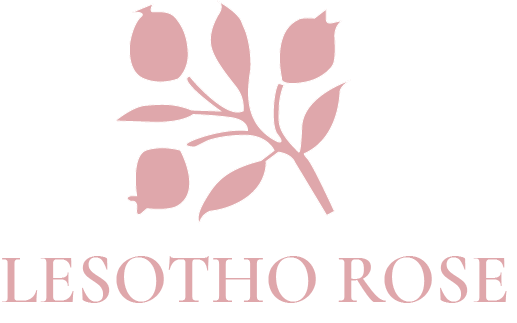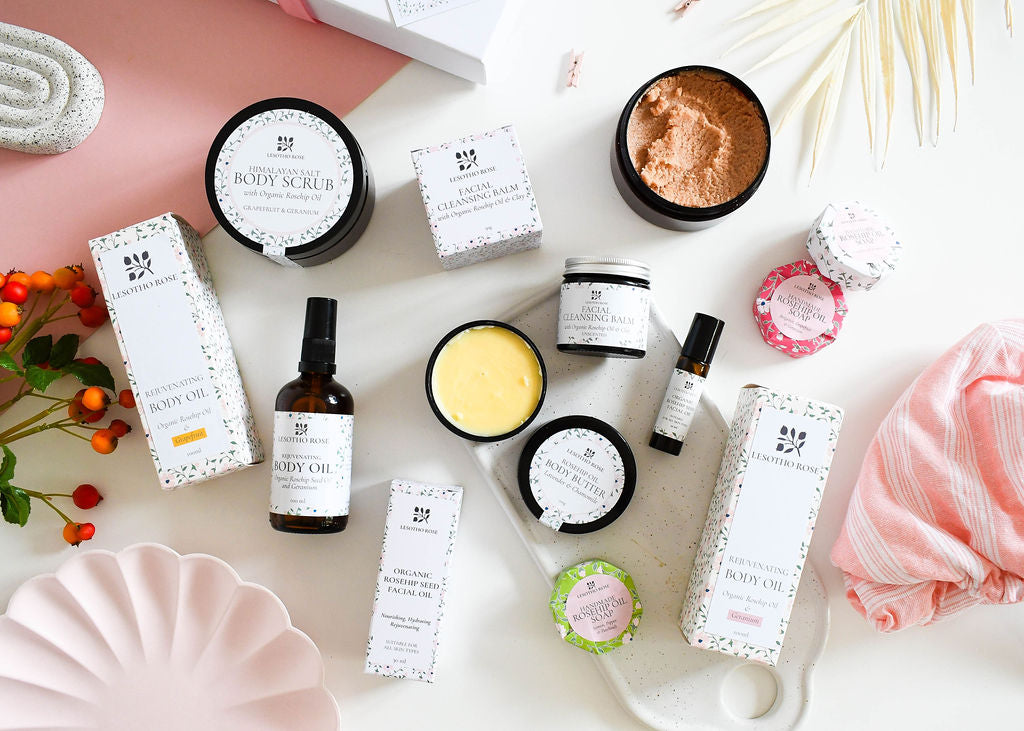My Soap-Making Journey - Part 3
Share
So back to the drawing board and I was soon looking into Hot Process Soap. A technique that enables you to choose your superfat and a process that ensures that all the lye has been saponified in the cooking process.
A supposed drawback to this method is the supposed rustic appearance of the soap but I like this and reflects more of the natural ethos that goes with handmade soaps.
So after a trip to Tesco to invest in a slow cooker and a quick alteration to the amount of water required in my recipe, (during the cooking process water will evaporate so you need to cater for this), I was good to go.
The hot process starts off pretty much like the cold process technique apart from the fact you leave out the Rosehip Oil until after the soap has been cooked. Once the oils have reacted with the lye and formed a trace you cook the soap for about an hour until it looks like mashed potatoes. You leave this to cool slightly and then you mix in the Rosehip Oil and essential oils, to ensure all the goodness and aromas aren't burnt off.

I failed to mention essential oils in my previous blog post but trying to choose a scent for the soap has been a lot of trial and error and it has simply come down to what I like and what lasts well in a soap. So Lemon and Geranium and Lemon, Pepper and Patchouli it was to be. Overtime essential oils do lose their aroma but it is completely natural unlike soaps made with fragrances and other synthetic scents. The rules and regulations also state that your soap can only be 3% essential oils.
Then a cure time of 4-6 weeks and the soap is ready to be used.
Recipe in the bag, it was now time to consider the shape and packaging of the soap ready for it to sell. Finding a mould for the soap was going to be difficult as Hot Process Soap solidifies very quickly, so no easy pouring into a nice shape and wait for it to set. You have to concentrate and be super quick!
I didn't want a rectangular or square bar either. I found those hard to handle when they are wet and soon don't stand up so they then lie in water all day becoming soggy.
On a search for easily holdable shapes, I came across an old Whiskey Box and then the latest Wilson tennis ball packaging (octagonal cardboard tube) and made a couple of batches in them. I had found the answer, Octagonal Soaps! Fun and quirky (who has seen an octagonal soap before now?) and easy to hold, I'd found my soap shape!



Packaging was a different matter - octagonal soaps are not easy to wrap! From belly bands to boxes we discussed and reviewed the advantages and disadvantages and finally decided on wrapping them in gorgeous coloured paper and a pink label to be on brand.
Before you are able to sell any kind of cosmetics or skincare product in the UK it must have a Cosmetic Product Safety Report signed off by a chemist and registered on the Government Cosmetic Portal. I sent mine off to Cosmetic Safety Solutions and within two weeks my soap recipe had been signed off as safe and uploaded to the portal.
I was now ready to make soap for the public and I haven't stopped since.
Thanks for reading all about my soap making journey ... my soaps are now available to buy from the website here.



